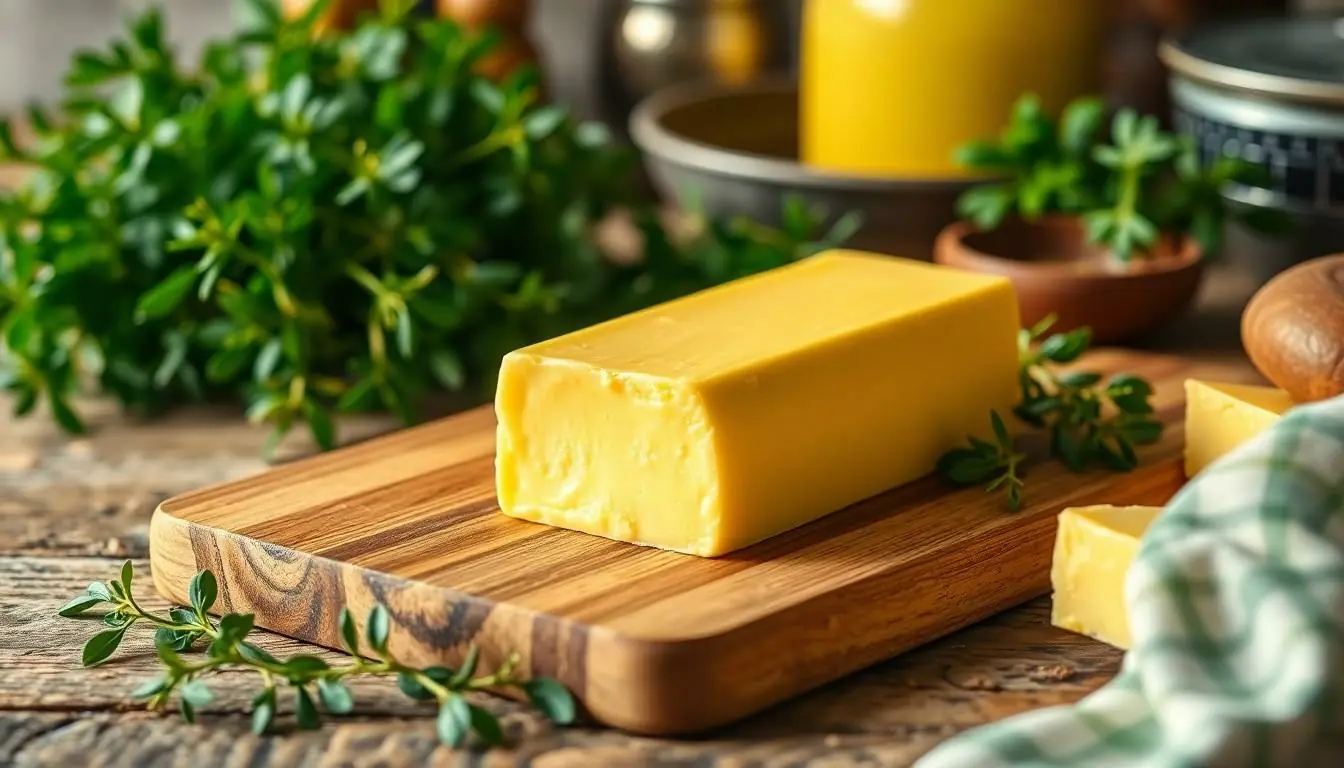Navigating the world of bariatric surgery can feel like a rollercoaster ride—exciting yet a bit terrifying. Once the initial thrill wears off, it’s time to tackle the pureed stage, where meals take on a whole new texture. But don’t worry! Pureed doesn’t have to mean bland. In fact, it’s the perfect opportunity to unleash culinary creativity and whip up delicious dishes that keep taste buds happy while staying on track.
Imagine savoring a creamy cauliflower soup that feels like a warm hug or indulging in a velvety avocado mash that’s as satisfying as it is nutritious. With the right recipes, this stage can be both enjoyable and nourishing. Get ready to discover a world of flavors that’ll make your journey smoother and tastier. Who said pureed food can’t be fun?
Table of Contents
ToggleUnderstanding the Pureed Stage of Bariatric Surgery
The pureed stage follows the liquid phase after bariatric surgery and lasts about two to four weeks. Focus during this phase involves consuming foods that provide essential nutrients while being easy to digest. Many individuals experience a shift in texture, transitioning to smooth and creamy foods.
Foods during this stage should maintain a soft consistency, allowing for easy swallowing and digestion. Common options include pureed fruits, vegetables, proteins, and soups. Recipes such as creamy cauliflower soup or velvety avocado mash illustrate how satisfying pureed meals can be.
Nutritional requirements remain crucial during the pureed stage. Protein intake especially demands attention, as it supports healing and promotes satiety. Incorporating high-protein foods like Greek yogurt and cottage cheese helps meet these needs while ensuring flavor.
Culinary creativity plays an important role in making this stage enjoyable. Seasonings and spices can enhance the taste of pureed meals, making them more appealing. Blending different ingredients together allows for a variety of flavors and nutritional benefits.
Hydration also holds significance during this stage. Drinking water consistently throughout the day aids digestion and minimizes the risk of dehydration. It’s advisable to separate fluid intake from meals to enhance comfort and avoid a feeling of fullness.
Support from healthcare professionals, including dietitians, provides vital guidance. They offer tailored advice based on individual needs and preferences, making the transition smoother. Following their recommendations leads to a successful experience during the pureed stage of bariatric surgery.
Nutritional Guidelines for Pureed Foods
The pureed stage requires careful attention to nutritional intake. Incorporating a variety of food groups ensures a balanced diet post-surgery.
Protein Sources
Protein sources provide essential nutrients that support healing. Options include pureed Greek yogurt, cottage cheese, and finely blended meats. Lean chicken, turkey, or fish can also be pureed to maintain a soft texture. Eggs, scrambled and later pureed, deliver quality protein as well. Each choice offers a unique flavor, promoting culinary variety while meeting protein goals. Additionally, adding protein powder to smoothies or purees boosts overall intake and satiety.
Healthy Fats
Healthy fats play a crucial role in balanced nutrition during this stage. Options include pureed avocado, incorporating creamy texture and flavor. Nut butters, such as almond or peanut, can enhance smoothies for added richness. Olive oil adds flavor and healthy fat when included in pureed soups or sauces. Each of these sources contributes to satiety and provides essential fatty acids. Incorporating healthy fats encourages diverse meal options while maintaining nutritional value.
Flavorful Recipes for Pureed Stage of Bariatric Surgery
Pureed meals can be delicious and satisfying. Exploring savory and sweet recipes ensures variety during this critical stage.
Savory Options
Creamy soups offer a comforting option for those navigating the pureed stage. Consider a pureed vegetable soup made with zucchini, spinach, and a splash of olive oil for added flavor. Another choice is mashed sweet potatoes blended until smooth; they provide essential nutrients and a hint of sweetness. For protein-rich options, pureed chicken or turkey mixed with low-sodium broth can create a hearty dish. Adding herbs such as basil or thyme enhances the taste, making meals enjoyable and nutritious. Cheesy cauliflower puree also serves as a tasty side, delivering fiber and vitamins while maintaining a soft texture.
Sweet Alternatives
Smoothies can make delightful sweet alternatives when blended correctly. Using Greek yogurt, frozen berries, and a touch of honey creates a nutritious treat packed with protein. Pureed bananas combined with almond butter offer a creamy snack that satisfies cravings. Apple sauce with cinnamon is another appealing option, providing natural sweetness without added sugars. For added variety, try blending mango and coconut milk; this tropical combination can elevate pureed meals. Incorporating pureed pumpkin into recipes also adds fiber and nutrients, perfect for creating a flavorful dessert option.
Tips for Preparing Pureed Foods
Pureed foods during the bariatric experience can be both nutritious and enjoyable. Focusing on the right tools and techniques greatly enhances meal preparation.
Kitchen Tools and Gadgets
A blender serves as a primary appliance for achieving smooth textures. Food processors, known for their versatility, also provide excellent results. Sifters help incorporate air into certain purees, improving mouthfeel. Use immersion blenders for quick, on-the-spot blending. Optimal pot sizes allow for efficient cooking while handling various food quantities. Additionally, measuring cups ensure accurate ingredient portions, promoting consistent outcomes.
Making Meals Appealing
Combining flavors enhances the allure of pureed meals. Experimenting with herbs and spices can transform simple dishes into gourmet experiences. Adding varied colors makes meals visually attractive. Consider garnishing purees with soft herbs or a splash of healthy oils for an elegant touch. Using attractive dishes or bowls adds a sense of occasion to meals. Pairing purees with complementary sides boosts both flavor and overall presentation. With these strategies, pureed foods can become a delightful part of the dietary transition.
Navigating the pureed stage of bariatric surgery doesn’t have to be bland or monotonous. With a variety of flavorful recipes and creative preparation techniques, individuals can enjoy satisfying meals that meet their nutritional needs. Emphasizing protein-rich options and incorporating healthy fats can enhance both taste and satiety.
By experimenting with different ingredients and seasonings, it’s possible to make this transitional phase not only healthy but also enjoyable. Staying hydrated and seeking guidance from healthcare professionals will further support a successful journey. Embracing this stage with enthusiasm can lead to a fulfilling and rewarding experience on the path to better health.



